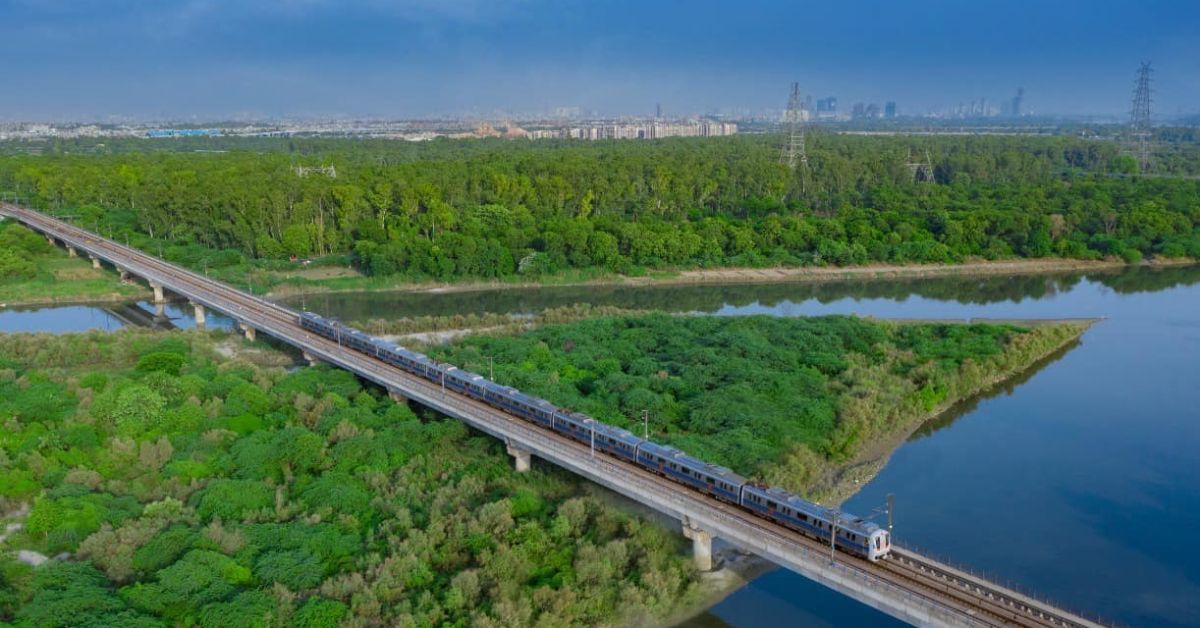
This article is created by The Better India and sponsored by Wingify Earth.
As per studies, the metro has significantly reduced Delhiites’ dependence on private transport, in turn reducing the carbon footprint generated by its population. In 2021, the metro saved 269 million hours of travel time. Here’s how it is helping the city go green.
The Delhi Metro began operations over a small track across the Yamuna in 2002. Twenty years later, the metro’s extensive network covers Delhi edge-to-edge. With 299 stations that cover 390 kilometres of the capital, the metro eases the lives of its 1.5 million commuters every day.
The Delhi Metro has several unique and distinctive facts about its construction and commuting experiences. Besides easing travel and reducing traffic, it helps reduce pollution in the capital. Every commuter who chooses the Delhi Metro over a car or a bus contributes to a reduction in emission of roughly 100 mg of carbon dioxide for every trip of 10 kilometres.
It is, in fact, the city’s lifeline.
Every year, private vehicles in Delhi contribute to 40-50 per cent of the city’s air pollution. As a result, air pollution in the Capital has worsened, with Delhi recording its worst air quality in five years a day after Diwali in 2021.
As Delhi’s air gets thicker and leads to the deaths of thousands annually, the government and environmental stakeholders are actively voicing the use of public transport. As per studies, the metro has significantly reduced Delhiites’ dependence on private transport, in turn reducing the carbon footprint generated by its population.
In 2021, the metro saved 269 million hours of travel time.
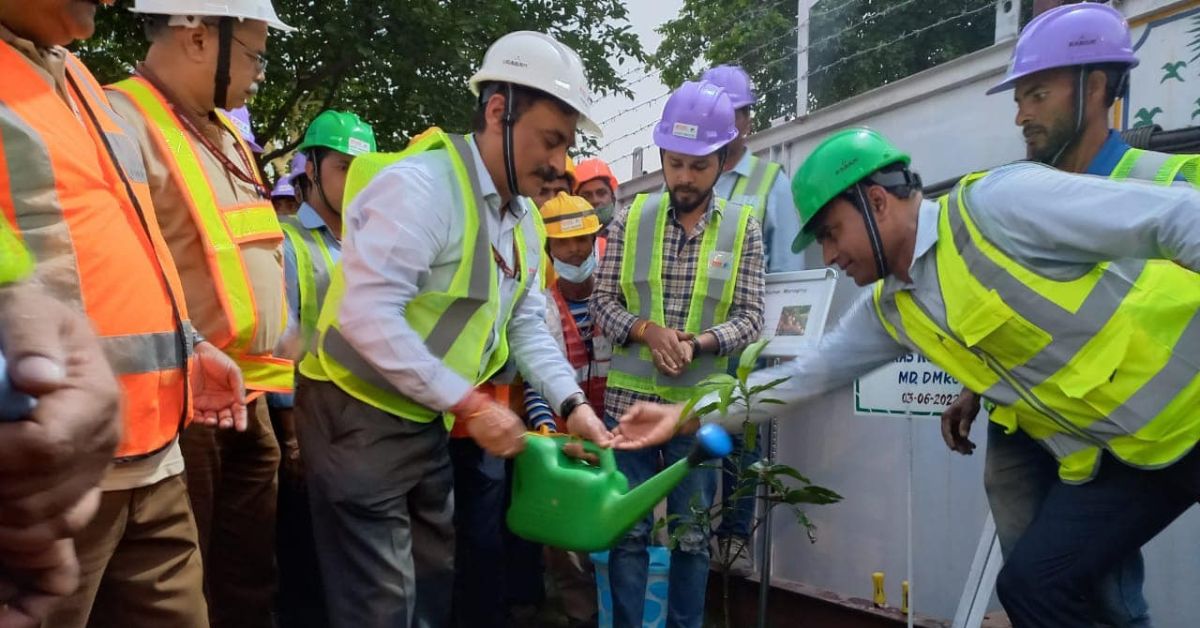
The metro has significantly reduced Delhiites’ dependence on private transport, in turn reducing the carbon footprint generated by its population. (Photo: DMRC)
Here’s how the Delhi Metro is helping the city go green:
Promoting reforestation
The Delhi Metro operates 12 lines in the capital named after a range of colours, which expand over 291 kilometres. The lines cover all corners of the city and the organisation heads have often spoken of ensuring last-mile connectivity. These routes have been put in place over four phases of development. Constructing the routes required cutting down several trees in multiple Delhi neighbourhoods.
However, Delhi Metro has an intriguing initiative of planting 10 saplings for every tree that was cut during the construction of metro stations and routes. Till 2019, the DMRC was forced to cut over 56,000 trees for expanding the metro network but was able to plant over 5 lakh more saplings as compensation. The organisation also hosts citizen-awareness drives called ‘adopt a tree’ where it distributes saplings to metro travellers.
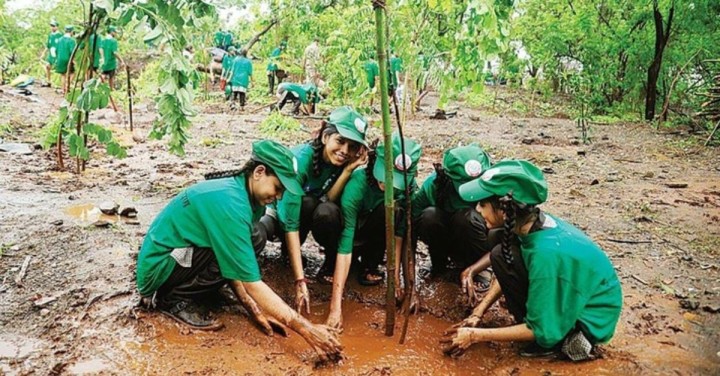
At a tree plantation drive organised by the Delhi Metro (Photo: DMRC)
Harnessing solar energy
As part of its contribution to a sustainable environment, the Delhi Metro has installed rooftop solar power plants at its stations, depots and residential areas. About half of Delhi Metro’s power requirement is currently met by on-site solar power plants.
This Solar Project generates renewable power, which replaces a large part of the electricity that is otherwise supplied by a majority of fossil fuel-fired power plants. The project was first set up in 2007 as part of the metro’s ‘Clean Development Mechanism’. The metro is well on its way to becoming the world’s first fully solar-powered public transport system.
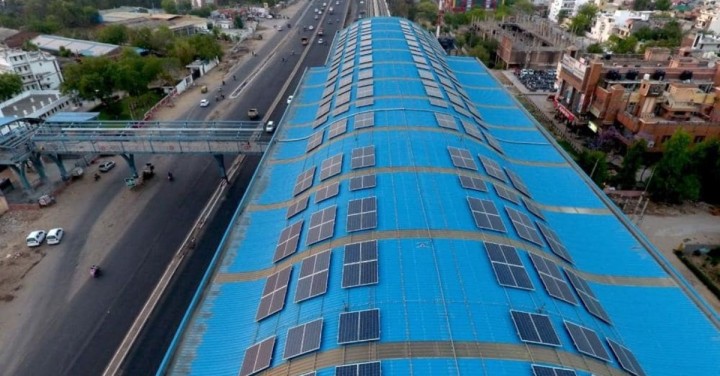
About half of Delhi Metro’s power requirement is currently met by on-site solar power plants. (Photo: DMRC)
Water conservation
As part of its water conservation initiative during phase IV development, the Delhi Metro reused groundwater to revive a dried lake and maintain the green cover of Buddha Park. The DMRC has also provided sewage treatment plants and effluent treatment plants at depots, stations, and colonies for the use of treated water. This is used for horticulture and flushing toilets too, as much as possible.
The DMRC actively encourages its employees and travellers to conserve water and has also made an effort to increase rainwater harvesting. At the Govind Puri metro station, the tiled murals display water conservation tips, life thriving near water bodies, and hands cradling a water drop, all portraying the importance of water.
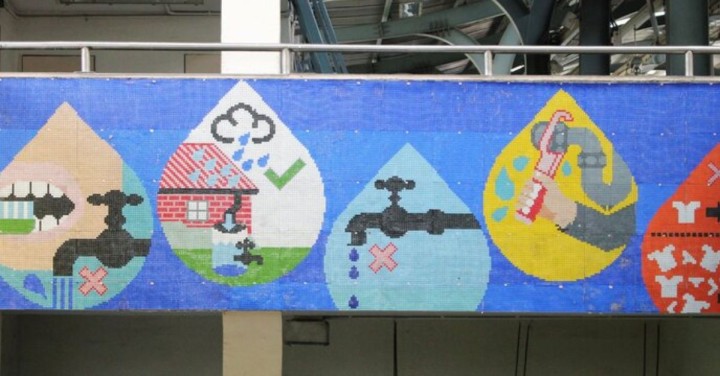
The DMRC actively encourages its employees and travellers to conserve water and has also made an effort to increase rainwater harvesting. (Photo: DMRC)
Waste management
Delhi Metro has a unique model, where trains run on energy produced by waste management. A few years ago, it became one of the first public transport networks in the country to harness energy from a landfill in the city. This project aims to alleviate more than 8 million tonnes of greenhouse gases and supports the Swachh Bharat Mission in promoting waste management. The DMRC also prides itself in following the concept of ‘Reduce, Reuse and Recycle’ and practices waste management to maintain a sustainable environment.
To date, the Delhi Metro has recycled 3.5 lakh tonnes of waste. It has also commissioned various facilities in the capital to recycle debris from construction sites and demolished structures. The DMRC also runs a unique park in the capital which comprises artistic installations built with waste material from Metro construction sites.
Going all the way for a greener Delhi
Besides running multiple dedicated initiatives for supporting a sustainable ecosystem in the heavily polluted Capital, Delhi Metro has tagged itself as ‘Green Metro’. It grants high priority to environmental care and sustainable practices during the planning, construction, and operational phases of its network.
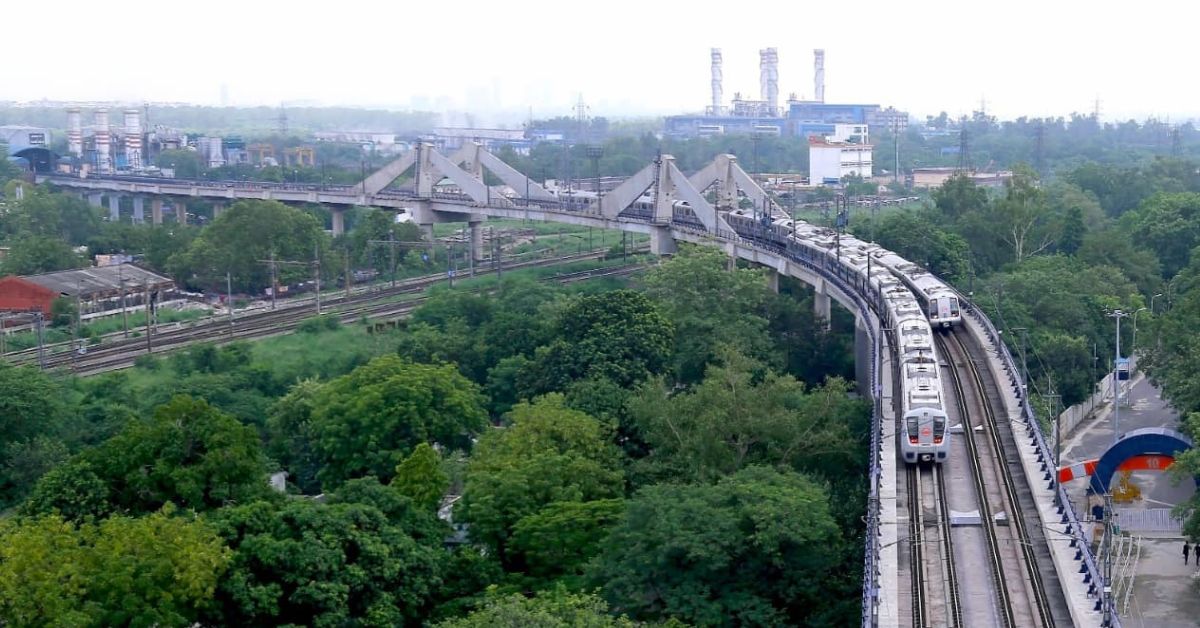
Delhi Metro has tagged itself as ‘Green Metro’. (Photo: DMRC)
As part of phase III development, the DMRC went a step further and decided to make all upcoming buildings green. Metro stations were constructed as ‘green buildings’ which have reduced CO2 emissions by 4.5 lakh tonnes. It also led to 1.17 lakh vehicles being off the roads daily. The same is being done for buildings being constructed under phase IV, which has various provisions for conserving energy, CO2 saving, water saving and waste management.
At construction sites, the DMRC has put up banners explaining the Dos and Don’ts related to sustainable environmental practices, which also include measures to control dust from construction. Conveyor belts, feeding hoppers, and cement are kept covered to prevent the dispersal of dust particles into the atmosphere. The DMRC also uses water sprinklers at the site to ensure no dust escapes into the surrounding areas. Additionally, all diesel generators at construction sites have been shut down to reduce air pollution.
Wingify Earth supports the green initiatives taken up by the Delhi Metro and encourages citizens to travel via public transport to help in the fight against air pollution.
Edited by Yoshita Rao

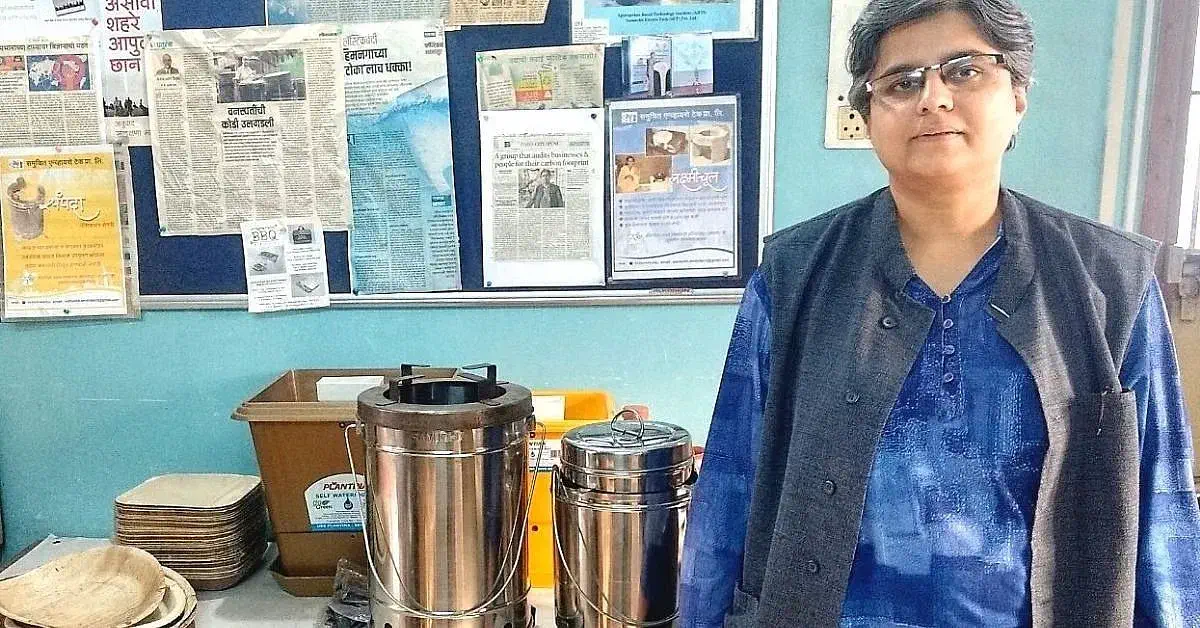
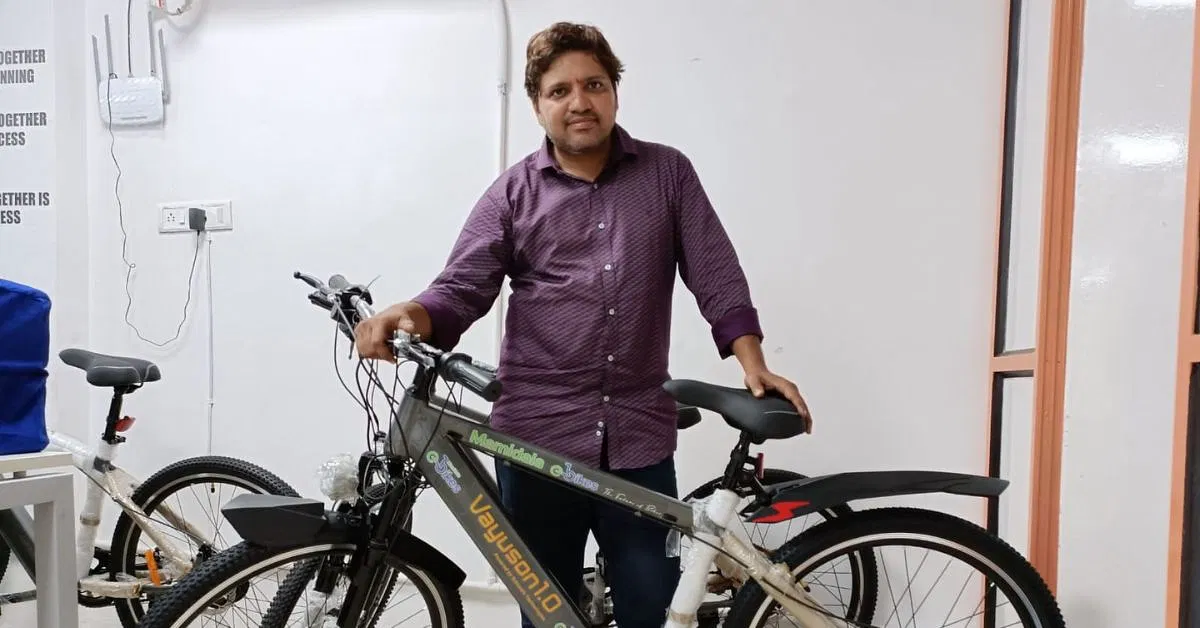
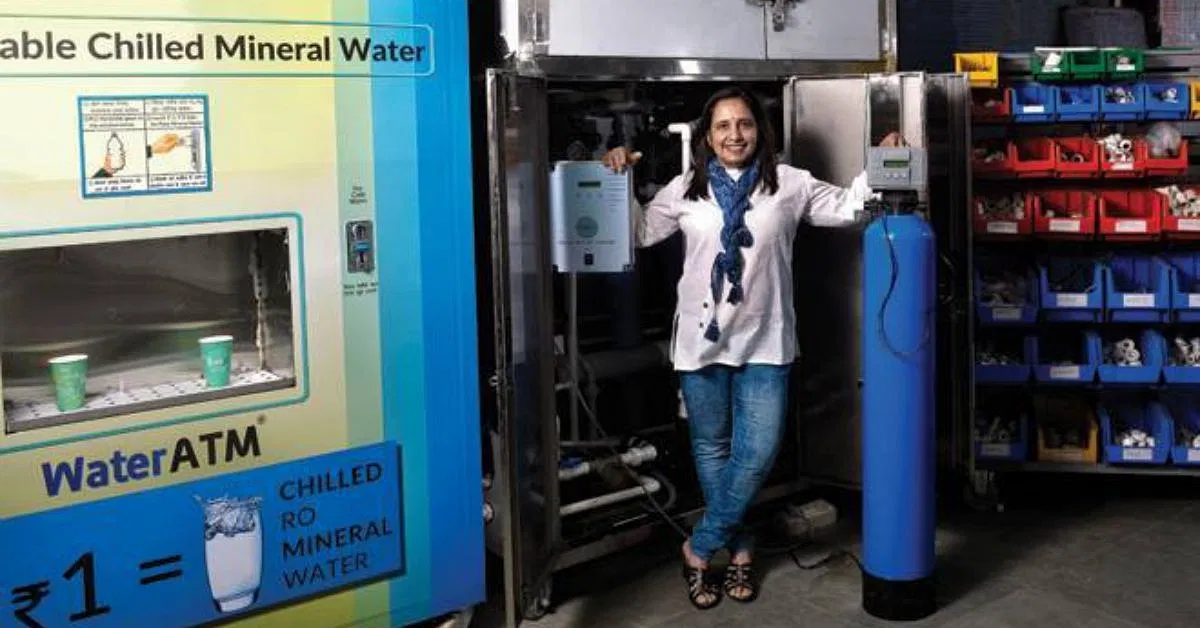
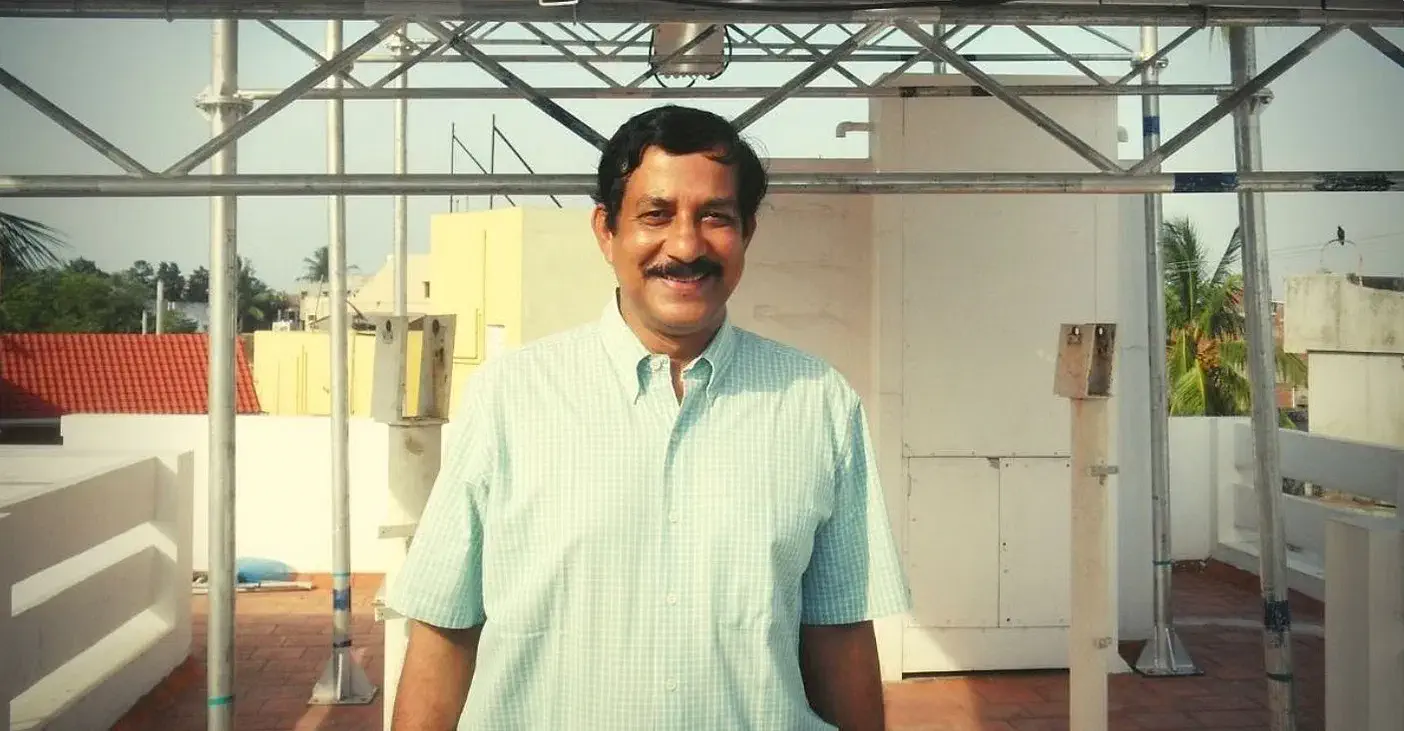
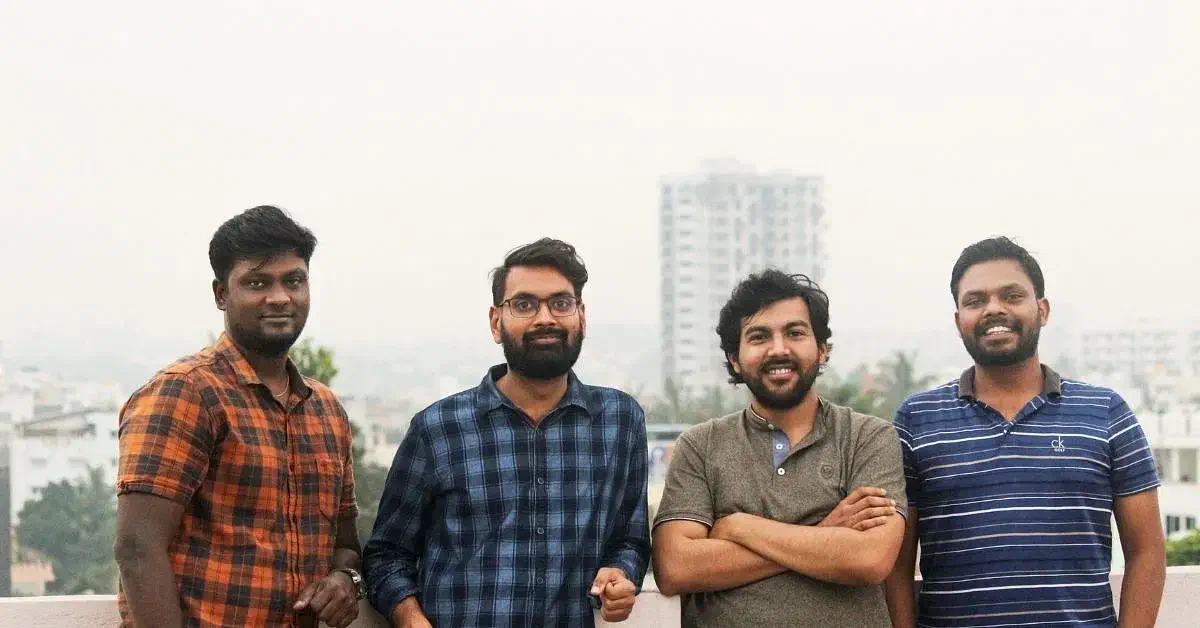
Leave A Comment
Your email address will not be published. Required fields are marked.